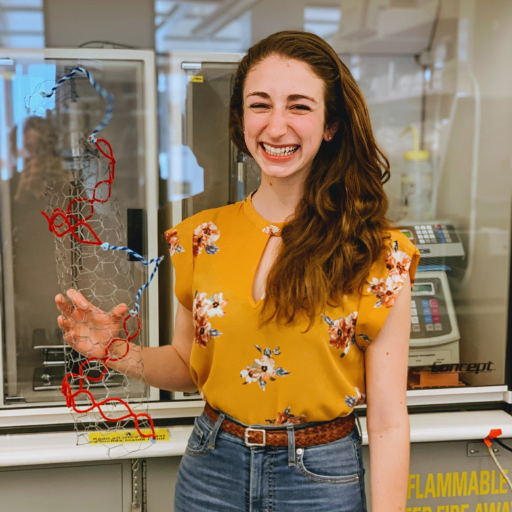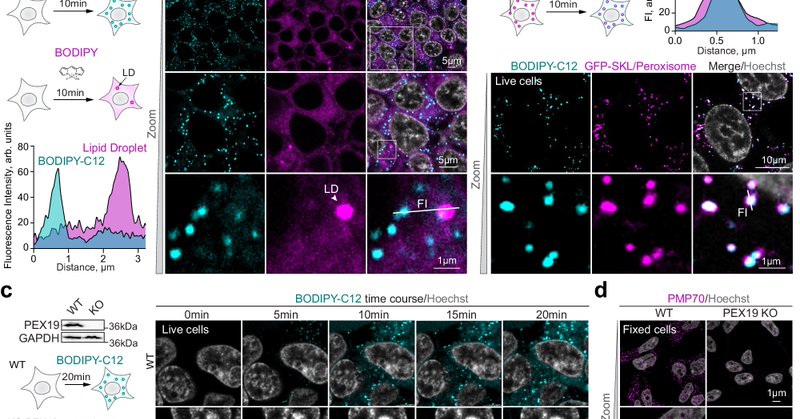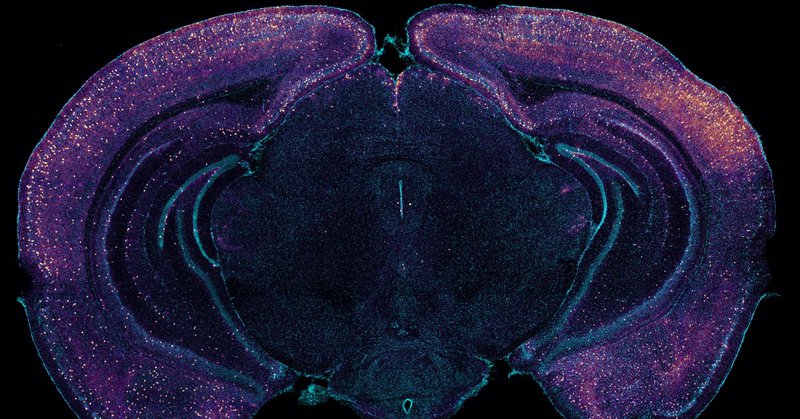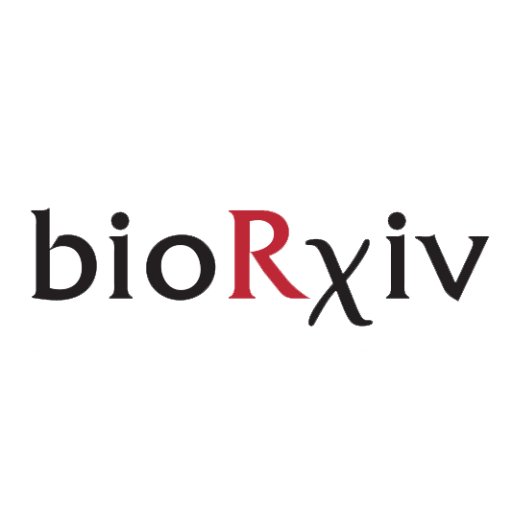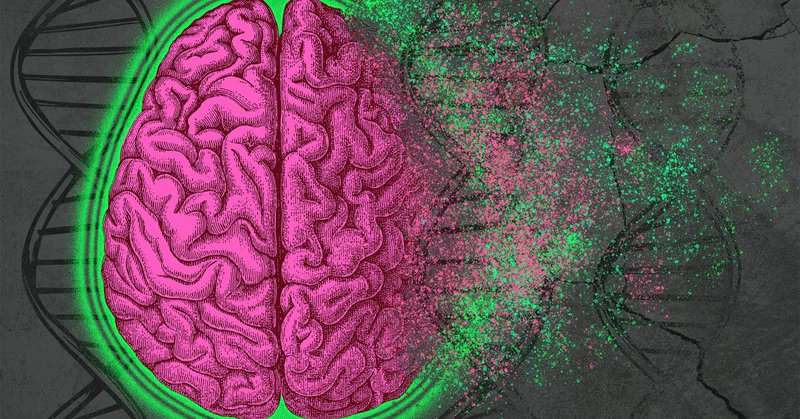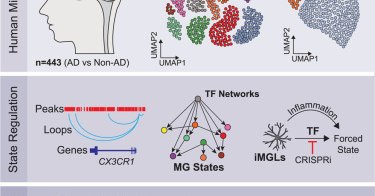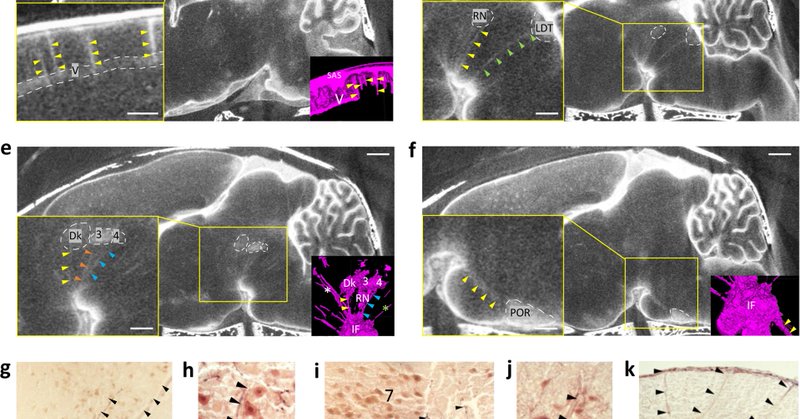
Mitch Murdock
@mhmurdock1
Followers
379
Following
2K
Media
1
Statuses
103
Joined November 2009
Excited to join @WhiteheadInst community! I’m grateful to @manoliskellis and @MITEECS for my graduate training and supporting my journey here. My lab will study the complexity of cell-cell communication and explore its broader implications across various biological scales.
Whitehead Institute appoints Na Sun as the inaugural AI Fellow within the Whitehead Fellows Program. In this role, Na will develop computational methods to decipher complex cell-cell communication in the brain. Welcome, Na! https://t.co/V20P86n2Ii
8
13
113
Brainwashing. We're learning more about how the glymphatic system achieves waste removal from the brain and preserves immune response (such as surveillance) integrity https://t.co/v3P31dYM0B
@ScienceMagazine by @jonykipnis
13
231
913
I am delighted to share that I am joining the Chemical Engineering Dept & ChEM-H Institute as an Assistant Professor at Stanford in fall 2025! My lab will explore the nano-neuro interface, building nano-tools & micro-brain models to tackle neurodegenerative disease 🔬🧪🧠💡
88
42
925
Excited to announce that the Victor Lab is coming to NYC this Fall at the @IcahnMountSinai @SinaiBrain! My lab will be housed at a new state-of-the art biotech hub on Manhattan's West Side! Check out the lab space and learn more from our website: https://t.co/Omj40wavfY
46
25
213
A BODIPY-based probe for peroxisome live imaging?! I'm obsessed! Can't wait to try it out 🤓 https://t.co/hheXlrnNus
nature.com
Nature Communications - The array of tools to image peroxisome regulation is still limited. Here, the authors develop improved fatty acid-based probes with high peroxisome specificity and bright...
1
17
87
@mhmurdock1 strikes again! Congratulations Mitch 🥳🥳
In @Nature today: 40Hz light and sound stimulation increases peptide release from interneurons, driving clearance of #Alzheimers protein via the brain’s glymphatic system. Study led by @DrLiHueiTsai, @mhmurdock1. https://t.co/FmEO4R8UJE
@mitscience @mitbrainandcog
0
1
2
In @Nature today: 40Hz light and sound stimulation increases peptide release from interneurons, driving clearance of #Alzheimers protein via the brain’s glymphatic system. Study led by @DrLiHueiTsai, @mhmurdock1. https://t.co/FmEO4R8UJE
@mitscience @mitbrainandcog
picower.mit.edu
Stimulating a key brain rhythm with light and sound increases peptide release from interneurons, driving clearance of Alzheimer’s protein via the brain’s glymphatic system, new study suggests.
4
85
290
In our new study, we used fluorescent Localization microscopy to generate Hemodynamic maps of the whole Pial & Calvarial vascular connectome. Here, we used Pia-Flow in stroke, other applications for this transcranial powerful microscopy? #Topology #Velocity #direction #diameter
Pia-FLOW: Deciphering hemodynamic maps of the pial vascular connectome and its response to arterial occlusion https://t.co/YQeHgY0l37
#bioRxiv
11
52
208
Excited to share our work, out today @CellCellPress. We show that DNA double-strand break accumulation leads to mosaic gene fusions and 3D genome disruption in human samples and mouse models with Alzheimer's disease pathology. https://t.co/5rPlP6rlsj
5
29
149
Lucky to have been part of this amazing team (🙌🏻), and to have had a chance to contribute to this body of work across several papers! Check the story from @MIT_Picower summarizing all our findings: https://t.co/hUbzfueoND
picower.mit.edu
By analyzing epigenomic and gene expression changes that occur in Alzheimer’s disease, researchers identify cellular pathways that could become new drug targets
0
4
13
This issue of Cell comes with 3 other papers from collaborations across the labs of @DrLiHueiTsai @manoliskellis 🔥🔥🔥 Check out the cover art designed by our very own Carles Boix!
2
6
21
Through differential gene expression, we report transcriptional changes of microglial states in a disease-stage specific manner! We define the enrichment of microglial inflammatory and lipid processing states, at the expense of surveillance states in the human AD brain!
1
1
7
We build a network of master transcription factors (TFs) poised to dictate microglial states and their transitions in Alzheimer's disease (AD)! We demonstrated the activity of key TFs in the induction of microglial states through ectopic expression or CRISPRi in iPS-microglia!
1
1
8
Through snATAC-seq, we noticed that microglial state heterogeneity is much higher at the transcriptional level than at the chromatin accessibility level! One idea is that microglia may retain a relatively permissive chromatin landscape to allow for dynamic state transitions.
1
1
8
Together, @nasun818 and I combined the power of this snRNA-seq data with in vitro modeling using iPSCs to leverage the transcriptomes of 152,459 in silico sorted microglia for functional studies on microglial state dynamics. Interact with the data here:
compbio.mit.edu
This is a repository for the data release for the human microglial AD states atlas.
1
2
9
What do you do when you have 2.3 million single-cell transcriptomes from 427 human brains with varying degrees of AD pathology? You spend 3 years exploring the microglia cluster obviously!!💁🏻♂️ Excited to share our work out today @CellCellPress ! https://t.co/Emu0mTPUKf
cell.com
Microglia states showing Alzheimer’s disease (AD)-risk-gene expression and AD-progression-associated expression differences were identified from the microglial transcriptome and epigenomes from the...
10
62
264
New pre-print! Are endothelial cells from different brain regions all the same? How are they impacted by the temporal progression of AD pathology? We wanted to know and performed a giant snRNAseq study using 5 different cortical areas 1/3
biorxiv.org
Vascular endothelial cells play an important role in maintaining brain health, but their contribution to Alzheimer’s disease (AD) is obscured by limited understanding of the cellular heterogeneity in...
3
26
132
Thrilled to share our work led by @panshelei on region-specific CSF circulation in the developing brain - out today in @NatureComms. This has implications for neuron-CSF interactions and cognitive outcomes in #hydrocephalus @WashUNeurosurg @WUSTLmed
nature.com
Nature Communications - Cerebrospinal fluid (CSF) is essential for brain development. Here, the authors use gold nanoparticle enhanced X-ray microtomography to map CSF distribution in post-natal...
12
34
142
Super excited to share our work identifying an enhancer regulating Prox1 expression, lymphatic identity and the ability of lymphatic endothelial cells to produce haematopoietic cells, published online today in @Nature! An amazing team effort!
60
125
724
Check out our work. Just published in @CircRes! Piezo1 is a Mechanosensor Channel in Central Nervous System Capillaries https://t.co/VTSfKbvMDj [🧵⬇️]
38
72
336






